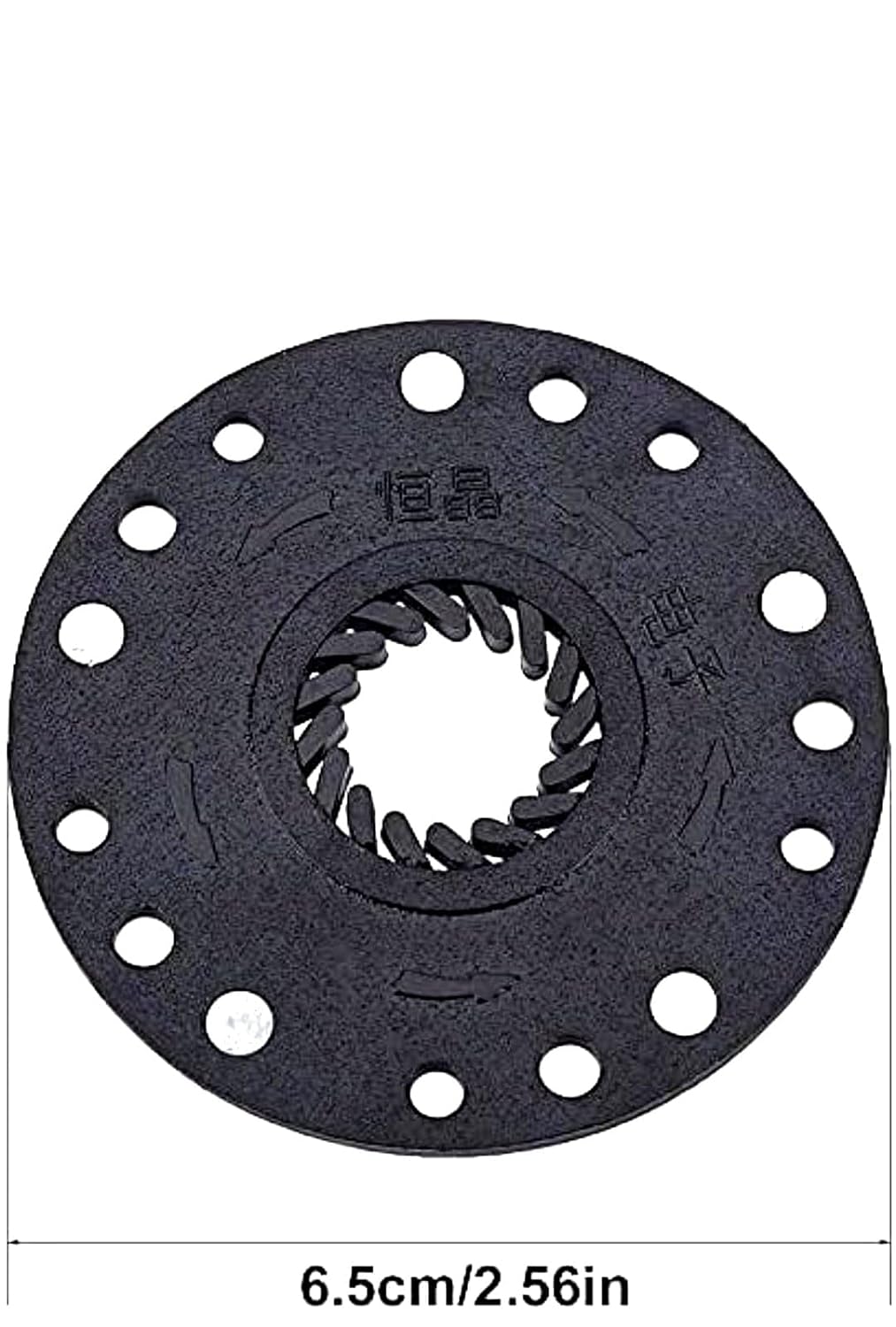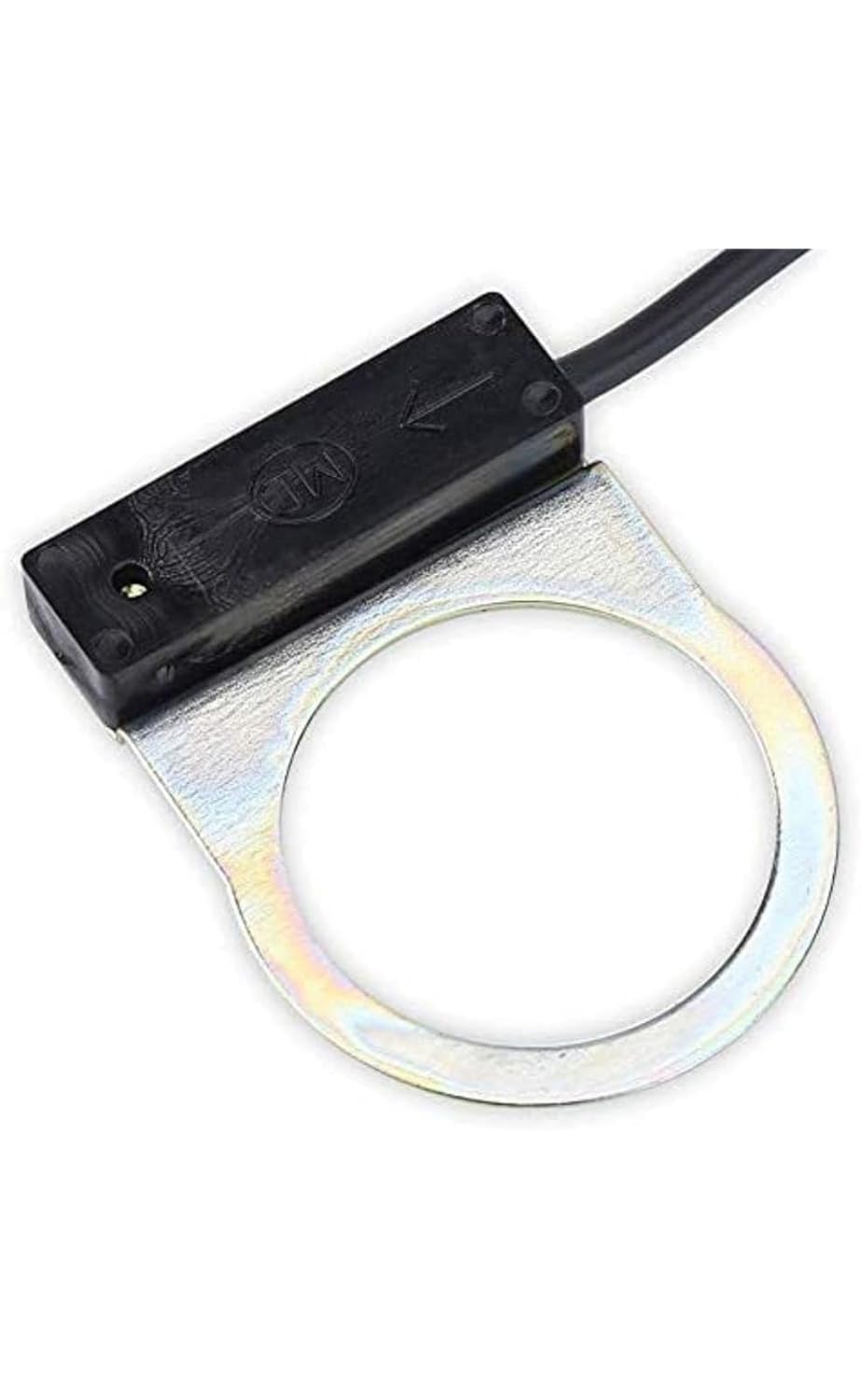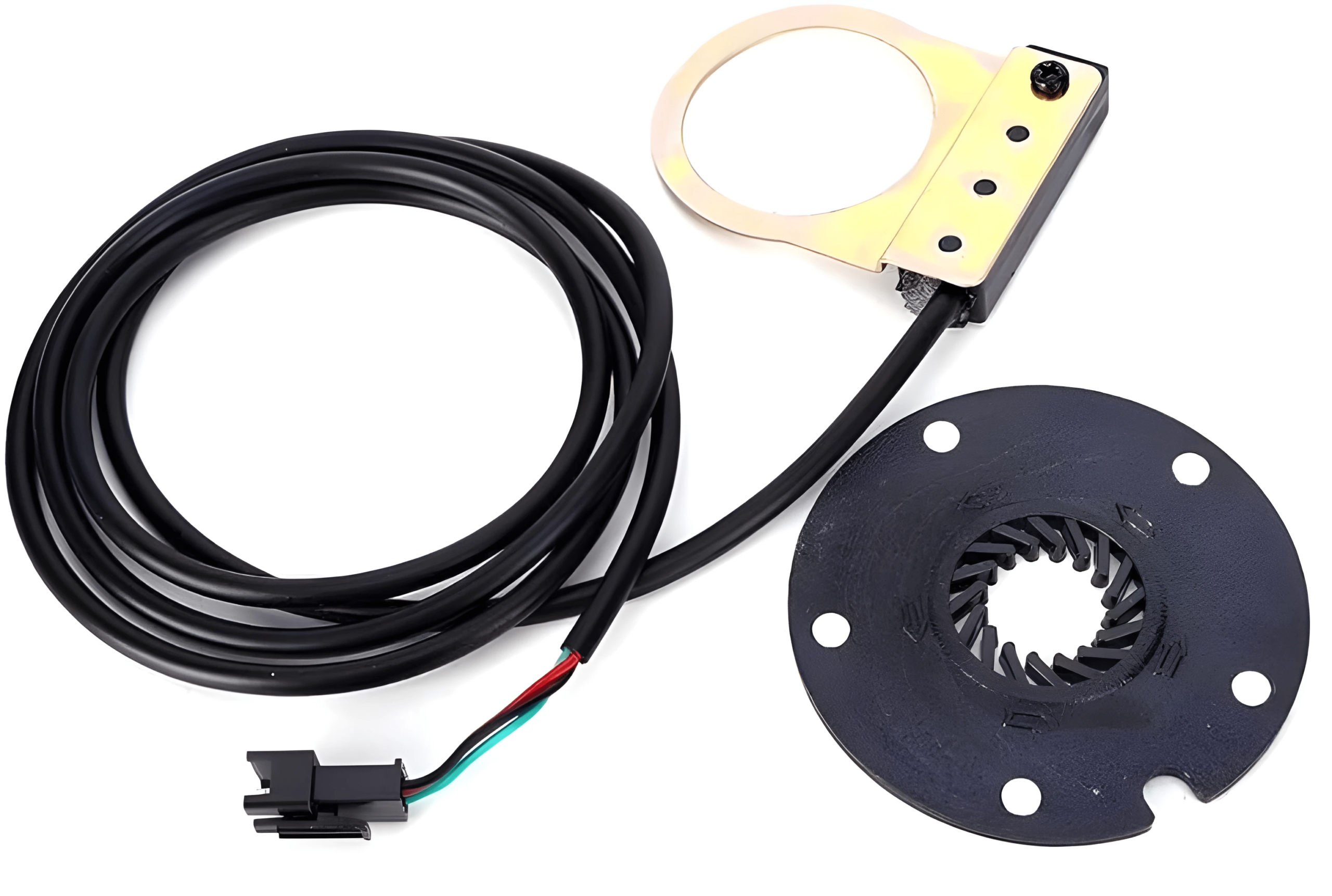A Padel Assist Sensor (PAS) with 12 magnets is a key component in many electric bicycles (e-bikes). It’s responsible for detecting the rider’s pedaling and sending a signal to the motor controller, which then provides the appropriate amount of electric assistance.
Here’s a breakdown of its function and components:
Function:
- As the rider pedals, the 12 magnets on the disc rotor (attached to the crank) pass by a Hall sensor in the PAS unit.
- Each magnet passing the sensor creates a pulse, which the controller interprets as one pedal revolution.
- The controller then uses this information to determine the amount of power to provide to the motor, based on the rider’s pedaling effort and the programmed assistance level.
- This creates a smooth and responsive pedaling experience, making e-bikes easier and more enjoyable to ride.
Components:
- Disc rotor: This is a small metal disc with 12 evenly spaced magnets embedded around its edge. It mounts on the crank arm of the e-bike
- Hall sensor: This is a magnetic field sensor located in the PAS unit. It detects the changes in the magnetic field caused by the passing magnets on the disc rotor.
- PAS unit: This is the housing for the Hall sensor and other electronic components. It mounts on the chainstay of the e-bike and connects to the motor controller.
Benefits of a 12-magnet PAS:
- Higher resolution: With more magnets, the PAS can detect pedal revolutions more accurately, leading to smoother and more responsive power delivery.
- Faster response: The quicker detection of pedal revolutions allows for a more immediate response from the motor, improving the riding experience.
- Wider range of assistance levels: A 12-magnet PAS can support a wider range of assistance levels, making it suitable for riders of all fitness levels and riding styles.
Overall, a Padel Assist Sensor with 12 magnets plays a crucial role in providing a smooth, efficient, and enjoyable riding experience for e-bike riders.















